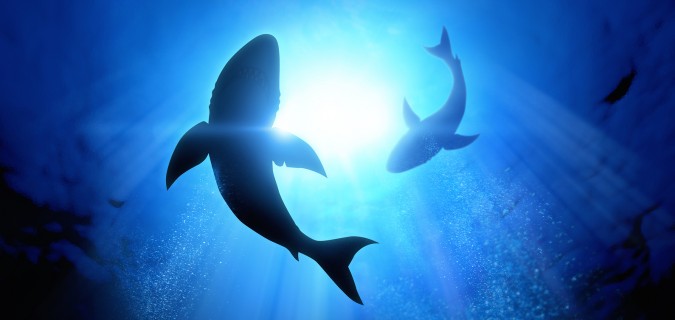Recording for ABC’s “Shark Tank” is supposed to be a major breakthrough for any startup. Instead, it almost put us out of business. But what was an awful disappointment a year ago, bringing us to the brink of failure, has now made us more sustainable and has given us more potential for growth.
In July 2013, after making it through all the interviews and practice runs with our producers, we were told to fly out to Los Angeles. We went on the show and received an offer from all five Sharks, but chose to stick with two. A few weeks later, the “Shark Tank” producers came out to Boston and Fall River and filmed us at our office. At the time, they hinted that our episode would air before the holidays. In the meantime, our conversations with “QVC” were rolling. We ordered 5,000 gift boxes and 20,000 yards of fleece, begging and borrowing to break the piggy bank. There was only $8,000 left in our bank account by October 2013, which gave us about two weeks to keep the lights on. We felt it was all going to be worth it once we aired on “QVC” and “Shark Tank.” Then the momentum stalled.
Taking a Marketing-First Approach
The sharks told us that our product was selling at too high a price point. Their teams said that our finances didn’t look great, and that the Groupon vouchers we were using proved that our product wouldn’t sell at the amount we wanted it to. Our sharks told us that they wouldn’t be able to give us a deal after all and that we wouldn’t be airing on “QVC.” Even though the deal fell through, we were confident the “Shark Tank” episode would still air. But in May 2014, a week before the season finale, we received a one-sentence rejection email from the “Shark Tank” production team: “Your episode is not going to air.”
We always took the approach that it was best to get the word out about our product and that we could worry about margins later. Most businesses fail because nobody knows about them, and we refused to sit on our hands and just wait for people to come to our website. Instead of raising money to go to market, we used flash sales like Groupon, Living Social and Gilt Groupe to acquire customers. In the fall 2013, we sold gift boxes to customers and created a pop-up feature on our site to collect new emails. During the holiday season, we emailed our list once a week reminding them that our product was a perfect holiday gift. All the customers we acquired at break-even through Groupon came back to us directly and shared our site with their friends.
Focusing on the Future
Two years later, we are one of the fastest-growing consumer goods startups in the country because we focused on the fundamentals. We fine-tuned our AdWords, we built out our search engine optimization and we created a pipeline for new email acquisition. Our experience showed us that there were not going to be any miracles, so we focused on what worked. We drove as many people to our website as possible, collected their emails and created a sales pipeline.
It would have been nice to say that our success was all due to our appearance on “Shark Tank,” but now we don’t owe any royalty fees to investors, and don’t have any retail partners that cut into our long-term margins. This summer, we really will be on TV — featured in an advertisement that we created and tested on Facebook. We decided to take the plunge and try to reach a lot more households on our own, rather than through a show.













